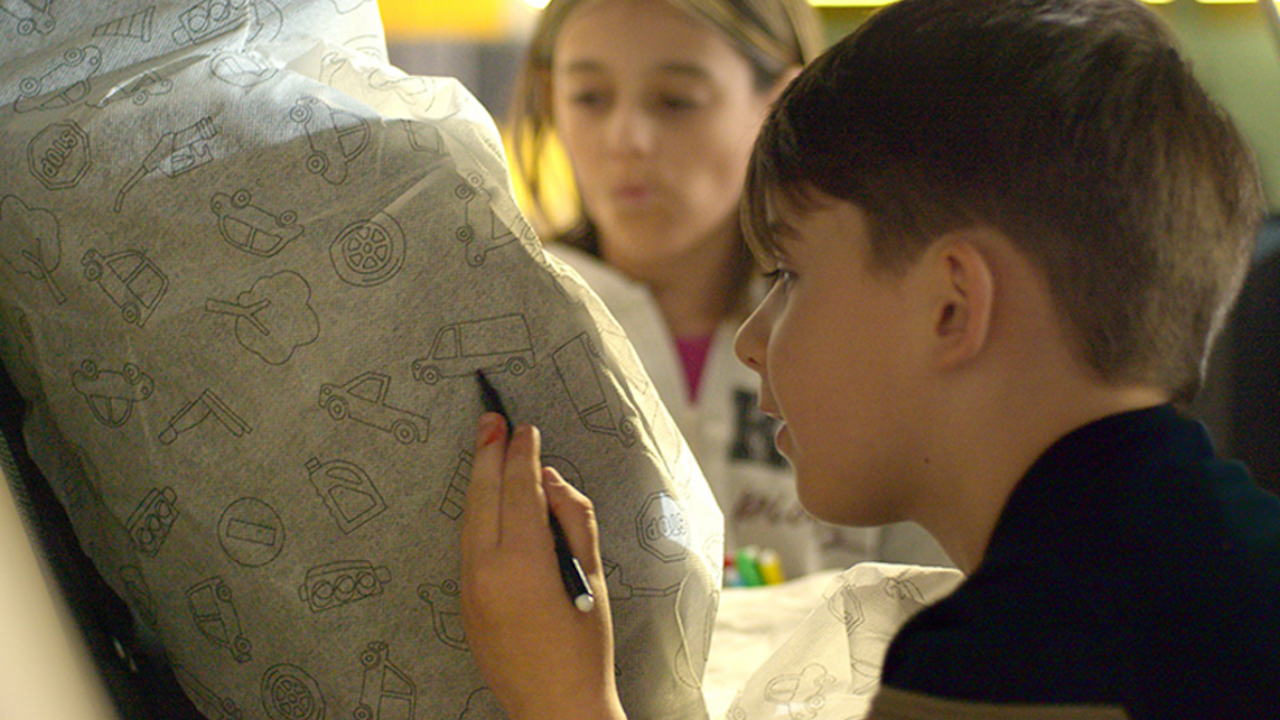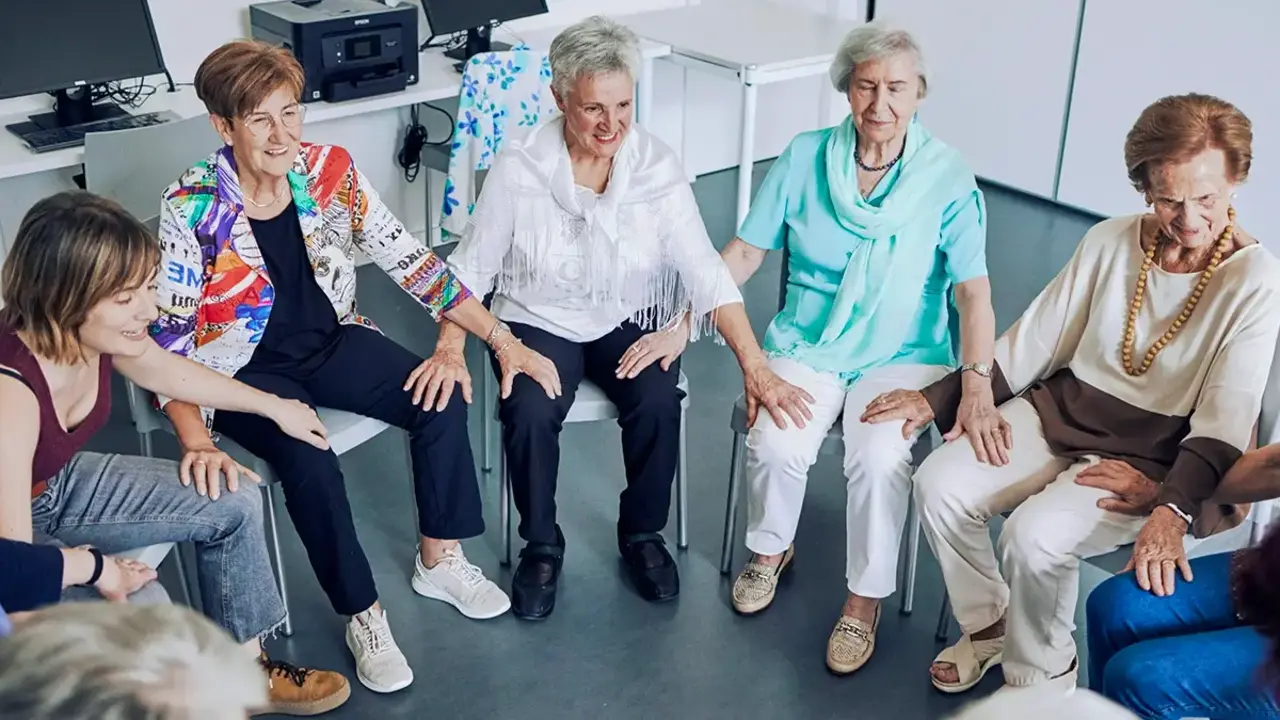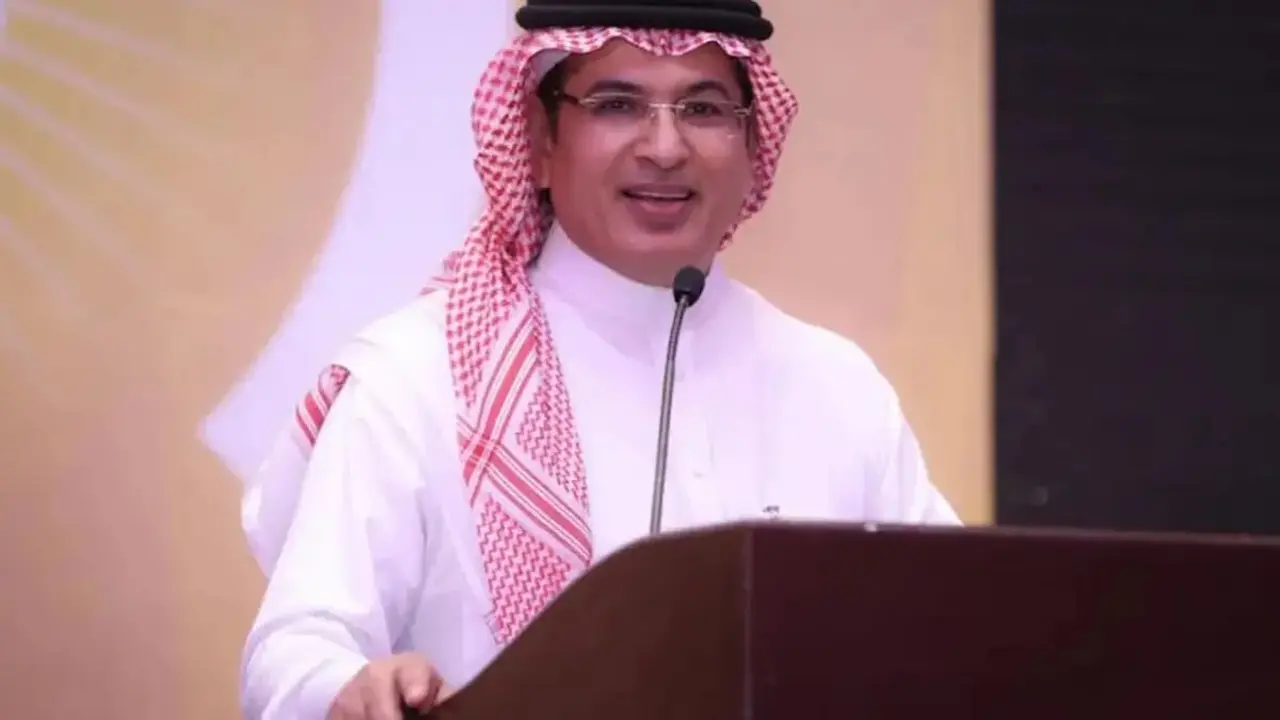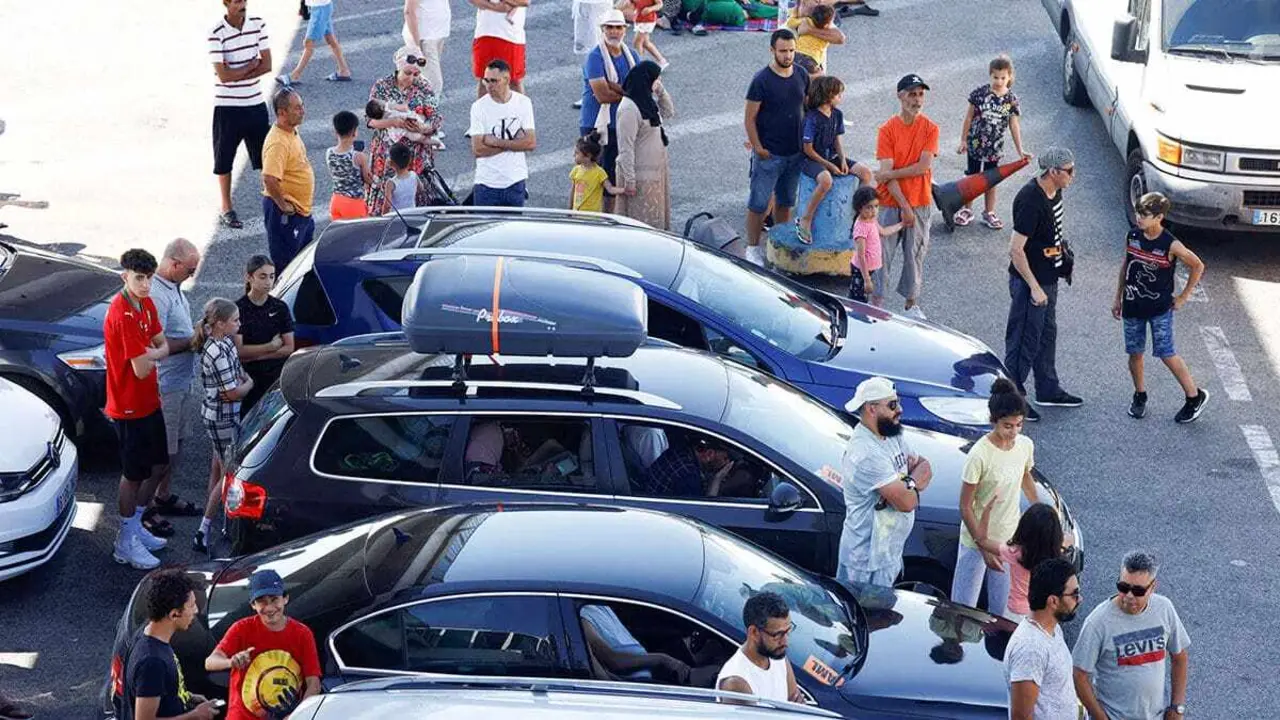Low-carbon building: clearer than... mud

"Not many architects think climate change is something they need to think about, but we're trying to change that," says Rosie Paul, co-founder of the Bangalore, India-based architecture firm Masons Ink.
"For us, it's obvious that climate change directly affects the shelter you're going to live in, and you have to start building resilient structures".
Paul and her best friend of sixteen years, Sridevi Changali, preserve the Indian tradition of mud building, but also spread the word about the material's sustainable properties, which make it ideal for combating the modern problem of carbon-intensive construction.
The magic of mud
The breathable nature of mud allows moisture to enter the home, improving indoor air quality and preventing the build-up of damp and mould that cement traps and incubates.
Mud walls have a high thermal mass, which means they slowly absorb heat from solar radiation and store it, releasing it at night at lower temperatures. This reduces the need for air conditioners, which consume large amounts of electricity and contain refrigerants that are potent greenhouse gas emitters.
Because the mud is readily available, it eliminates much of the transport costs and ecological footprint. Sridevi points out that "the manufacturing and processing of the blocks is done by the communities, so it is going back to local livelihoods rather than to big manufacturing plants and big companies".
Could mud be the solution? Architects like Rosie and Sri are bringing back raw earth construction to build sustainable structures that can withstand extreme weather events like flash floods and intense heat.
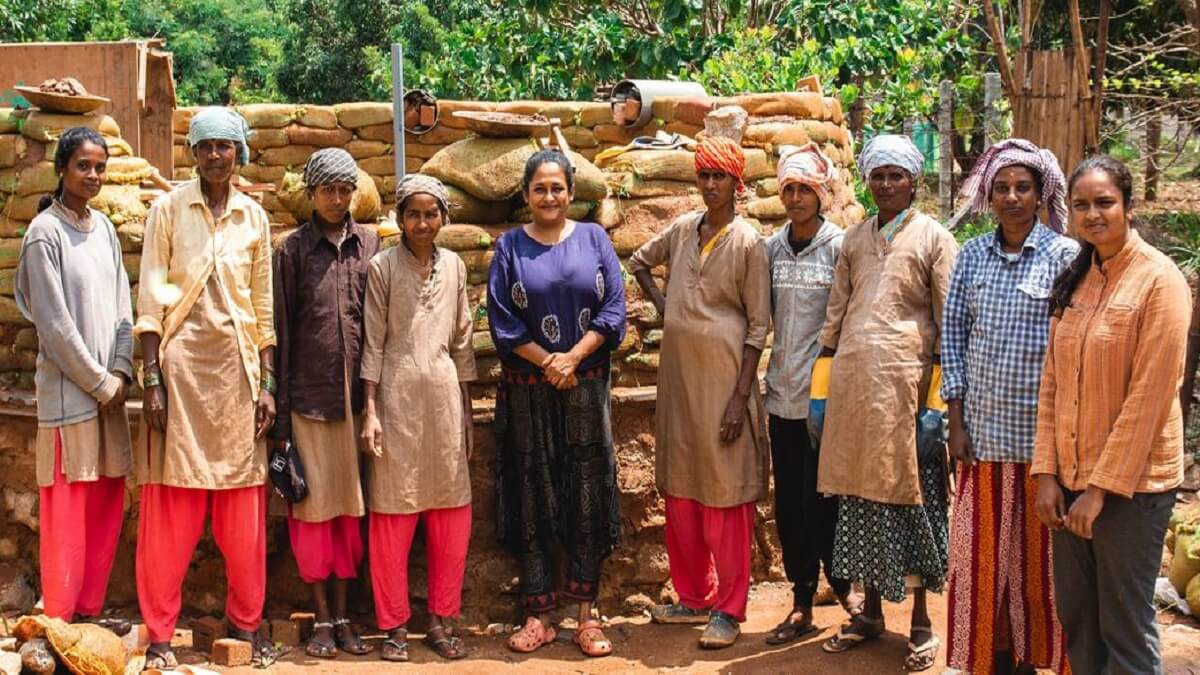
Tackling barriers in the sector
At the same time, they are advocating for more women to complete their architectural studies and train more colleagues in on-site trades such as stone masonry.
"Let's hire more women in our architectural firms. Let's have more women on construction sites. Let's look at their safety aspects. The idea is to challenge the barriers and get more people to fight them with us".
"I think as soon as you start talking about gender issues, it automatically becomes you versus me," says Rosie. "And it doesn't. We're just saying there are problems in the sector, and we need support to change that."
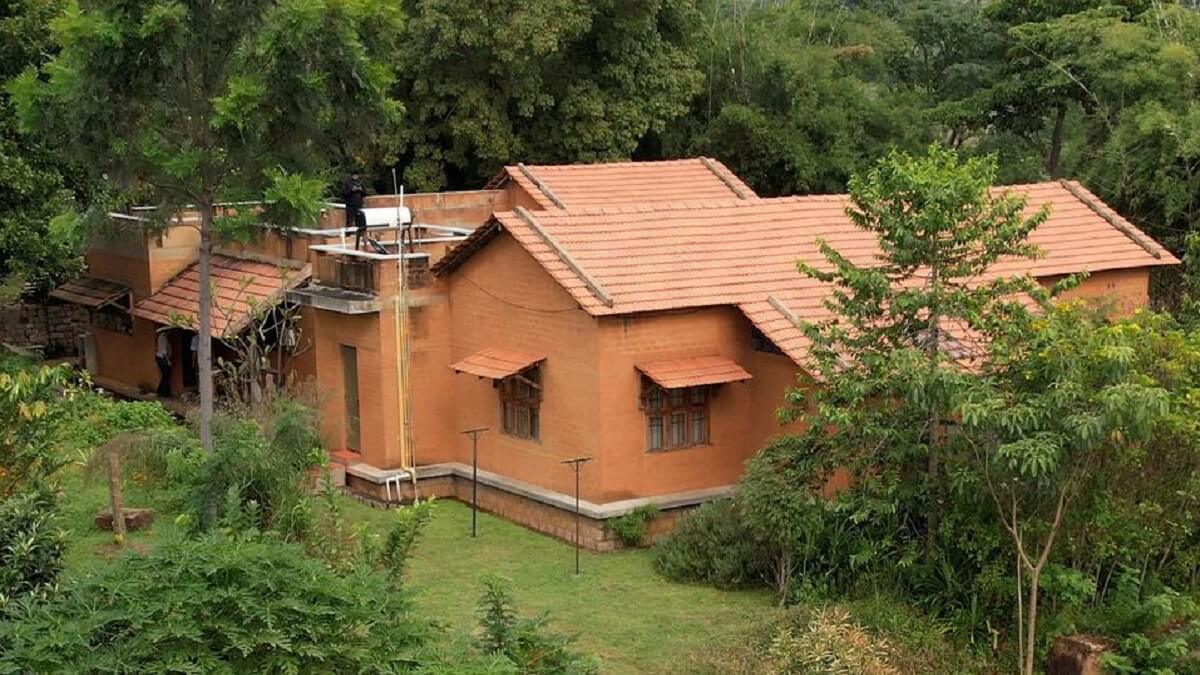
Less waste, more meaning
One of her early supporters was her client Thomas Payyapilli, whose Masons Ink adobe house she designed with almost no waste.
According to him, the concept had two main requirements: the lowest possible cost and the lowest possible environmental impact. Today, his farm is certified organic and grows aromatic and medicinal plants.
Another customer, Sindhoor Pangal, sees her mud house as a way out of an unsatisfactory urban existence. "I started in the corporate world, like many people, and I think after a while I became disillusioned with that kind of life," she explains. A planned move to the countryside took a tragic turn with the sudden loss of her husband, Uttam.
"When I spoke to Masons Ink, it was important to me that they had met my husband. They understood my journey. They understood where I was coming from. And somehow, that translated into the design." Masons Ink and Sindhoor worked with a team of female masons to create their home, which she says "is a dedication to my husband and the life I had with him".
For Rosie and Sridevi, when it comes to the climate crisis, big changes can come from all of us.
"For women: no matter where you are, no matter what your profession is or if you are at home, the idea is that everyone does their bit. Keep going. And I would love to see more women architects and more women working on building sites. More women everywhere. The future is feminine".



